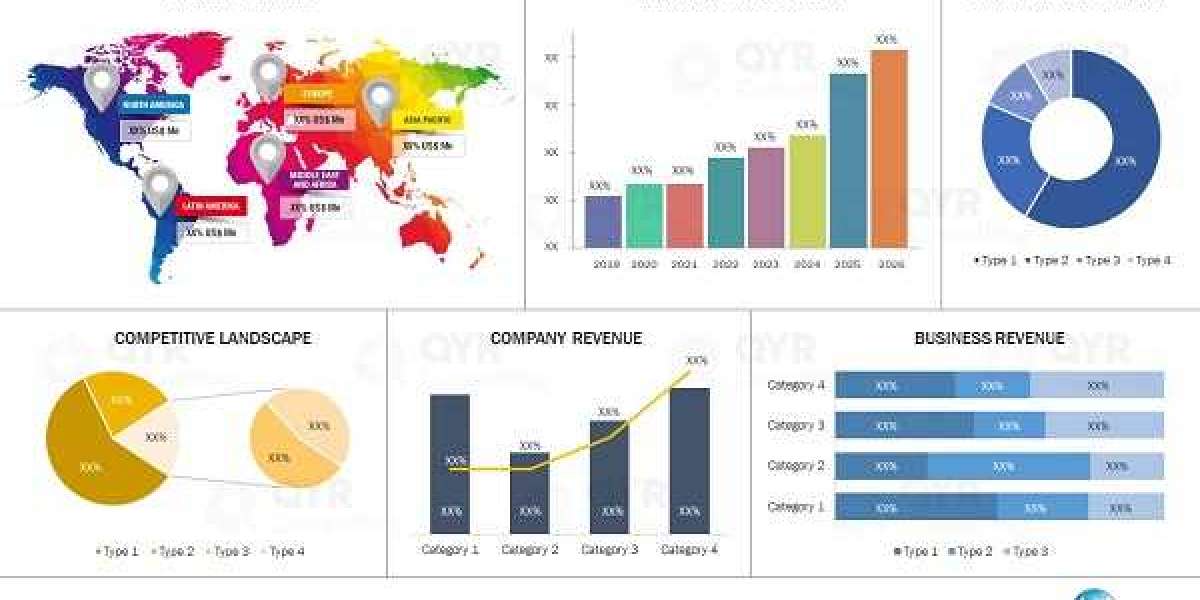1. Clinical Prowess:
At this prestigious institution, students undergo thorough training in assessing prescriptions, customizing dosage formulations, and providing in-depth patient counseling. This comprehensive education transforms the role of pharmacists, emphasizing a proactive, patient-focused approach to healthcare that extends beyond simply dispensing medications.
2. Multidisciplinary Excellence:
The top pharmacy college in UP boasts a multidisciplinary curriculum, merging biology and chemistry to form a robust foundation in drug composition and formulation.
3. Hands-on Excellence:
Hands-on elements, such as medication compounding and pharmaceutical care simulations, exemplify the practical excellence of the top pharmacy college in UP, nurturing critical thinking and practical skills.
4. Ethics and Communication at the Forefront:
This institution upholds ethical principles such as patient confidentiality while emphasizing the importance of effective communication skills. By fostering these values, it strengthens the pharmacist’s role as a trusted healthcare advisor, promoting stronger patient relationships and improving healthcare outcomes.
5. Cutting-edge Technology Integration:
The top pharmacy college in UP leads in technology integration, providing training in pharmaceutical informatics and advanced tools to optimize patient care.
6. Patient-Centric Approach with Trust:
With a focus on patient well-being, graduates from this top pharmacy college in up prioritize building trust through effective communication, recognizing the profound impact of their decisions on patient outcomes.
7. Transformational Educational Journey:
Adapting to technological advances, the curriculum ensures graduates are well-equipped to navigate real-world scenarios responsibly, defining the transformative journey of students.
8. Stewardship of Health in UP Communities:
Graduates become stewards of health in UP communities, taking on the responsibility of enhancing societal well-being through their roles.
Exploring the top Pharmacy college in UP
1. Orlean college of pharmacy: In the heart of Greater Noida, the prestigious Orlean College of Pharmacy emerges as a beacon of educational brilliance. Established under the visionary leadership of Shri Mool Chand Sharma, Chairman of Shri Khatu Shyam Educational Cultural Trust, the college is dedicated to cultivating the next generation of pharmacists in line with both national and global demands.

Nestled within a lush green campus, Orlean College of Pharmacy stands tall as a top pharmacy college in UP. The strategic location in Greater Noida, renowned as
2. Integral University: Integral University, recognized as a top pharmacy college in UP, embodies a distinctive culture. Focused on inclusiveness, diversity, and personal and intellectual integrity, we are committed to providing value-based education. Join us in the pursuit of knowledge and character development in the heart of this historical city.

3. GLA University in mathura: In 1991, Shri Narayan Das Agrawal, driven by his father’s dream, established a milestone in Mathura to provide quality education. The Sri Jagannath Prasad Ganeshi Lal Bazaz Charitable Trust Samiti was initiated to make Mathura a recognized destination for knowledge seekers. Today, this visionary effort has transformed into a top pharmacy college in UP, contributing to the region’s educational prominence and fulfilling the aspirations of Late Shri Ganeshi Lal Agrawal. This institution stands as a testament to the commitment to excellence, creating a legacy in Lord Krishna’s sacred abode.

Summary:
Explore the top pharmacy college in up, each bringing distinct strengths to pharmaceutical education. Orlean College of Pharmacy in Greater Noida offers a vibrant learning environment focused on addressing healthcare challenges on both national and international scales. The institution is dedicated to diversity and inclusivity, promoting academic excellence while encouraging personal growth. Similarly, Integral University prioritizes holistic development, combining high-quality education with a supportive and enriching atmosphere. In the same vein, GLA University in Mathura has made significant advancements in the pharmaceutical field, earning recognition as a leading institution in this sector.











